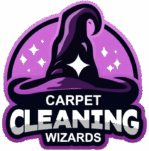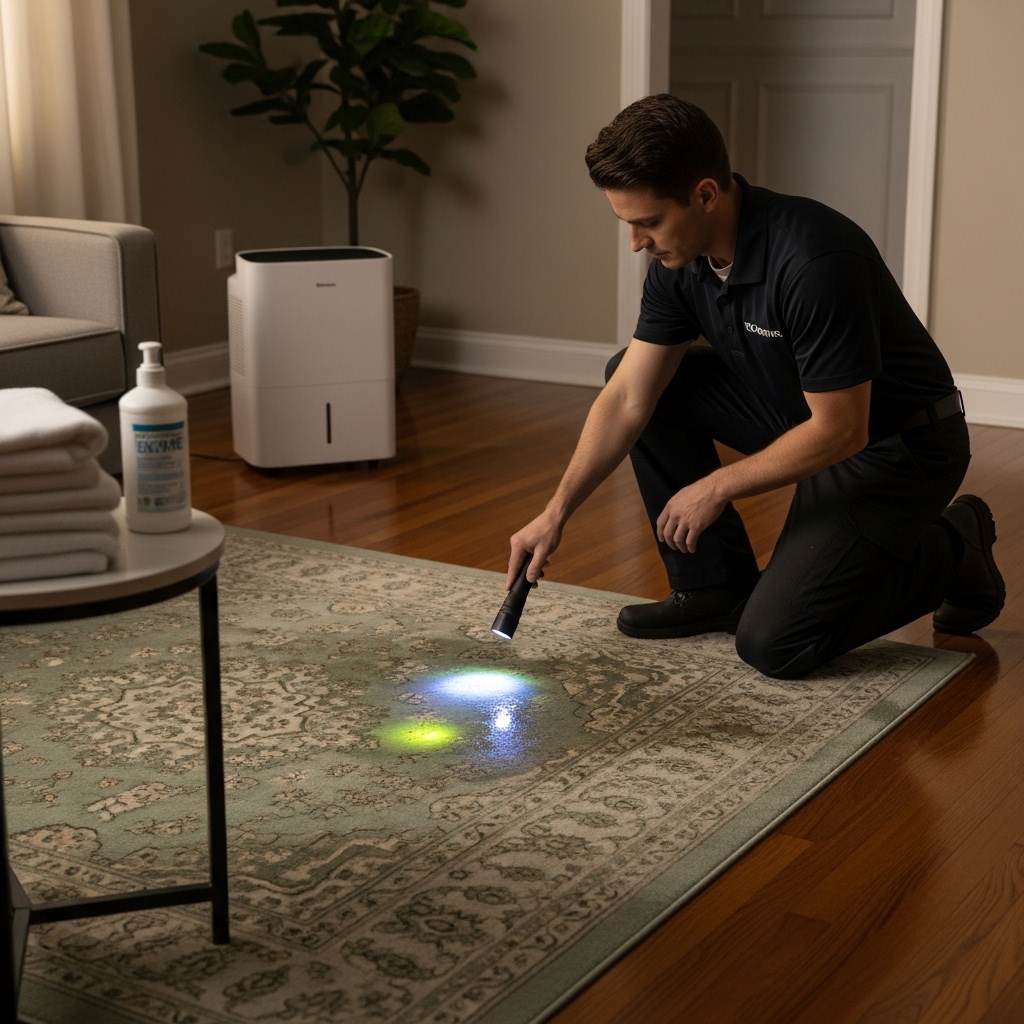Pet Stains and Rug Odors in Elizabeth, NJ: A Practical Removal Guide
Life with pets is full of joy—and the occasional accident. When a pet chooses your rug, the stakes are high: odors, stubborn stains, and long-term fiber damage. This guide explains what is happening inside the rug, how to respond immediately, and when to call in professionals for deeper decontamination. From the chemistry of urine to the realities of wicking and humidity, you’ll learn how to save your rug and your indoor air quality. At the start, it helps to recognize that comprehensive rug cleaning is more than a quick deodorizer; it’s a sequence of steps that address the face fibers and the foundation where odors usually hide.
Elizabeth, New Jersey homes see seasonal extremes. In summer, humidity can make minor odors bloom into major ones. In winter, closed windows reduce ventilation. Both conditions magnify the need for correct treatment. Timely action and the right process protect both rug and home environment.
The Science Behind Pet Odor
Fresh urine starts out mildly acidic, then becomes alkaline as it dries and bacteria break it down. Salts form and crystallize in the rug’s foundation. Those crystals absorb moisture from the air and re-activate the odor whenever humidity rises—exactly why a rug can smell worse on muggy days. Surface deodorizers can mask scent temporarily but rarely destabilize the salts buried in the foundation. Real odor control targets those deposits and the microbes that feed on them.
Another problem is wicking. When a rug is wet at the surface, moisture can solubilize residues in the base and draw them up toward the tips as the rug dries. This can make a stain appear to re-emerge even after an initial cleaning. Controlling moisture, chemistry, and drying direction is crucial to prevent wicking and lock in progress.
Immediate Steps After an Accident
- Act quickly: Blot with clean, white towels. Press firmly to extract as much liquid as possible. Replace towels and continue until the area is only slightly damp.
- Avoid scrubbing: Friction can distort pile and spread the contamination zone.
- Test before treating: If you use a spotter, test in an inconspicuous area first to ensure dyes are stable.
- Use minimal moisture: Over-wetting can push contamination deeper into the foundation and encourage wicking.
- Ventilate: Increase airflow to reduce lingering odors until deeper treatment is possible.
These steps buy time and reduce damage. They don’t replace a full wash when urine has penetrated deeply, but they can significantly improve outcomes.
When Professional Help Is Essential
If an accident is isolated and caught immediately, careful home blotting and spot treatment may suffice. But if the rug smells strong, shows a halo, or has multiple incidents, it likely needs professional decontamination. A comprehensive process often includes blacklight inspection to locate contamination, dry soil removal, targeted pre-treatments that break down urine salts, and controlled rinsing to flush residues from the base. Finally, drying must be thorough and balanced to prevent browning and odors.
For hand-knotted wool or rugs with cotton foundations, immersion or flood washing under controlled conditions is often best. Tufted rugs with latex backings require a different approach because excessive moisture can accelerate latex breakdown. In all cases, the plan should adapt to fiber, construction, and dye behavior.
The Role of Chemistry and pH
Professionals select solutions that target urine chemistry without harming dyes. Enzyme-based products can digest organic residues, but they must be used judiciously to avoid collateral effects on color and hand. Oxidizers may be appropriate for certain stains but demand tight control to prevent bleaching. Balanced pH—neither too high nor too low—helps protect wool scales and stabilize dyes during the wash and rinse.
Salts are stubborn. Breaking their bond with fibers and flushing them completely is the hallmark of successful odor removal. If a rug is heavily saturated, the process may require multiple controlled rinses. Patience pays off here; shortcuts leave residues that reawaken with humidity.
Elizabeth, NJ Climate and Drying
Humidity management is non-negotiable. In summer, dehumidifiers and airflow keep drying on schedule and prevent mildew. In winter, warm, balanced air prevents stiffness and optimizes pile texture. Drying a rug flat on a supportive surface protects the foundation and helps maintain shape; hanging heavy, wet rugs can cause stretching or warping.
Ventilation in the home also matters. After a professional service returns your rug, give it a day or two of open airflow to let any trace moisture dissipate. This is especially helpful in older homes where airflow varies between rooms.
Dealing with Staining
Urine can cause color shift in wool and silk, sometimes yellowing or dulling a dye. Successful cleaning focuses on removing contamination first; stain reduction comes second. In some cases, controlled spot treatments can lighten residual discoloration. However, preserving fiber and dye integrity takes priority over aggressive bleaching. Tempered expectations coupled with meticulous technique yield the best balance of safety and aesthetics.
Managing Repeated Incidents
Multiple accidents compound the challenge. Repeated exposure increases salt load and can weaken cotton foundations. If your pet favors a particular spot, consider temporarily moving the rug or using a protective, breathable barrier on top while training continues. When the underlying habit changes, odor control becomes easier and long-lasting.
Prevention and Training Support
While this guide focuses on cleaning and odor removal, prevention is your best friend. Keep a routine for walks or litter care, and reward successes. If you’re dealing with a medical issue or anxiety, consult a veterinarian or trainer. A clean rug is easier to maintain when the root cause is addressed.
Frequently Asked Questions
Q: Can I fix urine odor with a household deodorizer? A: Not reliably. Deodorizers mask scent but don’t neutralize salts lodged in the foundation. Proper flushing and drying under controlled conditions deliver lasting results.
Q: Will cleaning remove all yellowing? A: Removing contamination restores freshness, but color shifts can be permanent. Technicians can sometimes reduce discoloration with targeted treatments while prioritizing fiber safety.
Q: Is in-home cleaning ever enough? A: For light, fresh incidents on sturdy, colorfast rugs, cautious in-home work may help. Moderate to heavy contamination, especially in hand-knotted pieces, usually calls for an off-site wash.
Q: How do professionals find all the affected spots? A: Blacklight inspection helps locate areas where urine fluoresces. Combined with nose tests and moisture meters, technicians can map contamination accurately.
Q: What about pet accidents on viscose or silk? A: These fibers are sensitive to moisture and chemistry. Professional evaluation is important to set realistic goals and choose a method that protects luster and structure.
Practical At-Home Protocol
- Blot thoroughly using stacks of white towels, rotating to dry sections.
- If safe for your rug, lightly mist distilled water onto a fresh towel and continue blotting. Avoid soaking.
- Increase airflow with a fan to speed surface drying.
- Monitor over the next day; if odor persists or a halo appears, plan for professional assessment.
- Document the incident date and location; this helps technicians target treatment.
This simple protocol avoids over-wetting and sets you up for success during professional care.
Working with a Professional in Elizabeth
Ask providers how they handle urine decontamination differently from general washing. Look for a sequence that includes mapping contamination, targeted treatments to break down salts, extensive rinsing, and flat, controlled drying. Confirm that they adjust methods for delicate fibers and know how to stabilize dyes. Midway through your research, narrow your list to teams with robust processes for pet-affected textiles—those who treat odor removal as a system rather than a single step and who specialize in comprehensive rug cleaning.
Long-Term Maintenance Plan
After odor removal, protect your progress. Use a pad compatible with your flooring to reduce movement and absorb minor spills. Rotate the rug, especially if your pet prefers one area. Consider a protector suitable for wool to buy response time for future mishaps. Maintain regular vacuuming, focusing on gentle suction rather than aggressive agitation.
Schedule periodic professional inspections if you’ve had repeated incidents. Catching early signs—like subtle halos, dullness, or persistent odor—allows for intervention before deeply set contamination returns.
Myths vs. Reality
- Myth: Vinegar fixes everything. Reality: Vinegar may adjust pH temporarily but doesn’t dissolve salt crystals or address deep contamination.
- Myth: Stronger chemicals mean better results. Reality: Overly harsh agents can damage dyes and fibers, creating long-term problems for short-term gains.
- Myth: If the stain looks gone, the problem is solved. Reality: Odor can persist unseen in the base and return with humidity.
- Myth: Hanging a wet rug speeds drying safely. Reality: Heavy, wet rugs can stretch and deform on a clothesline. Flat, supported drying is safer.
Aftercare and Household Comfort
Post-cleaning, enjoy fresh air circulation and normal use after the rug is fully dry. If your home has distinct microclimates—cooler basement rooms or sun-exposed living spaces—alternate the rug’s location seasonally to balance exposure. Small, steady adjustments help maintain a stable environment and reduce future odor triggers.
Ready for Lasting Freshness in Elizabeth?
Pet accidents don’t have to define your living space. With timely action and the right professional process, rugs can be clean, fresh, and comfortable again. When you want a plan that targets contamination at its source—inspection, decontamination, thorough rinsing, and balanced drying—reach out to a team that treats odor removal as a craft. Partner with specialists who offer comprehensive rug cleaning tailored to Elizabeth homes and the pets who make them special.

